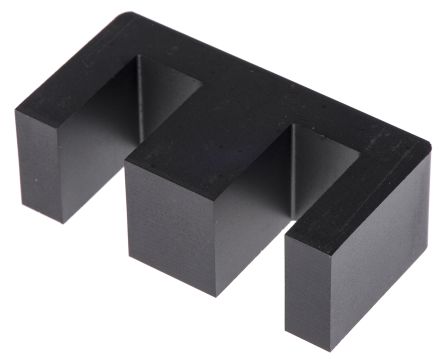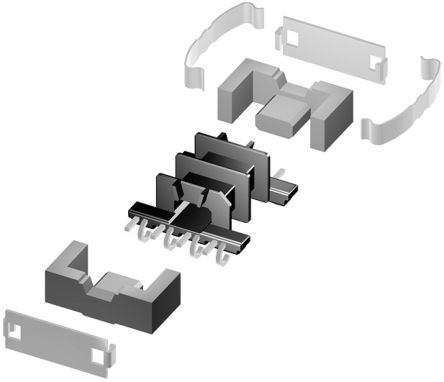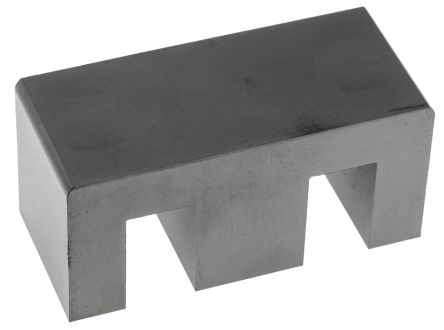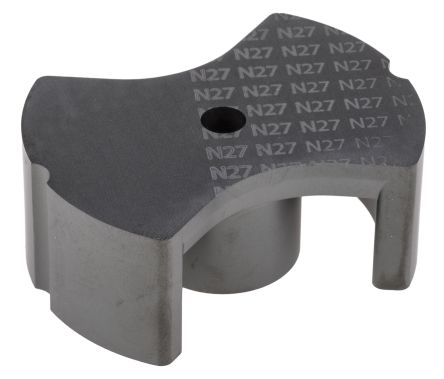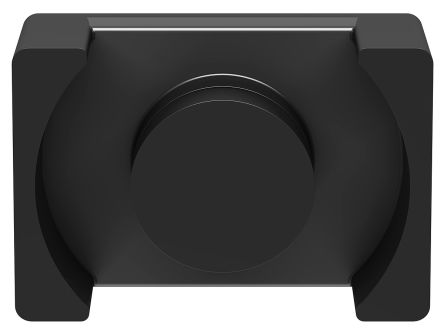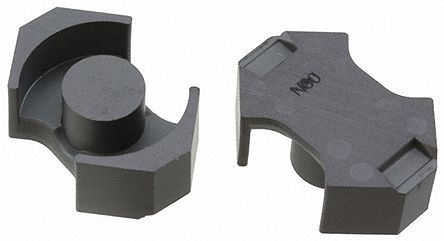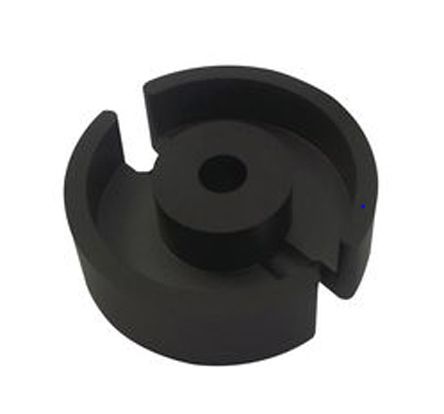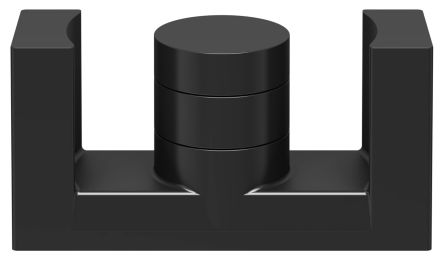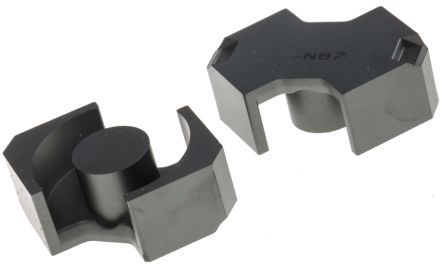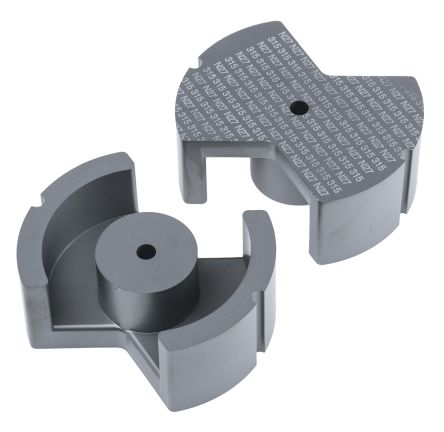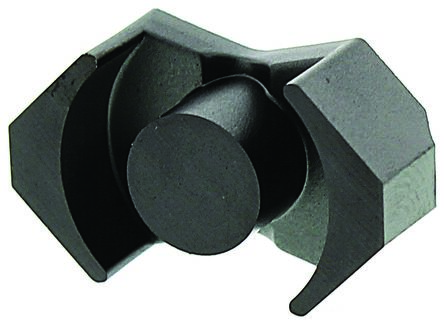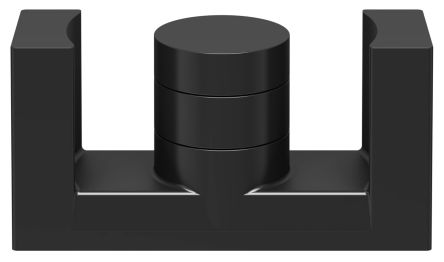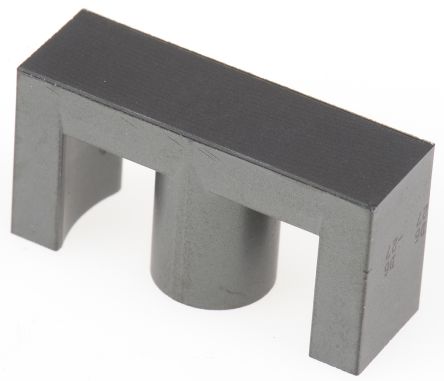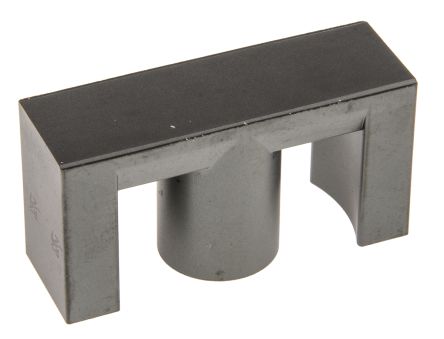- Automation & Control Gear
- Cables & Wires
- Enclosures & Server Racks
- Fuses & Circuit Breakers
- HVAC, Fans & Thermal Management
- Lighting
- Relays & Signal Conditioning
- Switches
- Batteries & Chargers
- Connectors
- Displays & Optoelectronics
- ESD Control, Cleanroom & PCB Prototyping
- Passive Components
- Power Supplies & Transformers
- Raspberry Pi, Arduino, ROCK, STEM Education & Development Tools
- Semiconductors
Transformer Cores
Transformers consist of a magnetic circuit commonly referred to as the "transformer core", the purpose of which is to create a pathway around which magnetic fields can flow. To induce voltage between the two input and output windings, this magnetic path is necessary.
Ferrite Core Transformer
Transformers use ferrite cores to reduce losses and increase efficiency by reducing losses. In ferrite cores, iron oxide is combined with other metallic elements to form ferrite, a ferromagnetic material. Because ferrite cores have a high magnetic permeability and a low electrical conductivity, they are commonly used in transformers.
How does the Transformer Ferrite Cores work?
Transformers use ferrite cores to form magnetic fields. A change in current induces a magnetic field in the primary winding of the transformer, which then magnetizes the secondary winding through the ferrite core. As a result of the change in magnetic field in the core, ferrite cores reduce losses caused by eddy currents and hysteresis losses in transformers.
Types of transformers ferrite cores
Different transformer cores are intended to be used with specific kinds of equipment. These include broadband transformers, DC/DC converters, flat transformers, power transformers, reactors, switch mode power supply (SMPS ) transformers, and transmitters.
In addition to length, depth, and width, transformer ferrite cores also vary in their minimum and maximum operating temperatures. It is important to consider the operating temperature of the equipment that the core will be used in when choosing between cores.
There are several types of ferrite cores that are used in transformers:
Manganese Zinc (MnZn)
In NiZn ferrites, saturation levels are higher and permeabilities are higher. Applications with frequencies less than 5MHz are suitable for these. Inductors up to 70 MHz can also be used with them because of their impedance.
Nickel Zinc (NiZn)
Their resistivity is higher than that of MnZn ferrites. The inductors used in these applications are suitable for inductor frequencies above 70 MHz, between 2 MHz and several hundred MHz.
Sand Dust
It is ideally suited for use with ferrites only because these Choke Coils have a high frequency.
Lamination/ Amorphous & Nanocrystalline
UPS systems, inverters, and welding sets use lamination transformers.
What is the reason for the transformer cores high demand?
Transformer cores with ferrites are usually more in demand than those with iron cores, as ferrites have several advantages.
A ferrite is a ceramic material, derived from zinc and manganese compounds. Transformers rely on them for insulating and resisting high currents.
What are the Benefits of using them?
Transformers with Ferrite Cores provide a range of advantages suited to a variety of electrical applications. They offer the following benefits:
High Magnetic Permeability
High-frequency transformers utilize ferrite cores because of their magnetic permeability.
Low Electrical Conductivity
Eddy current losses are prevented by the low electrical conductivity along with the high permeability of the ferrite cores. This is why, at higher frequencies, the cores perform exceptionally well.
Higher Coercivity
Hard ferrite cores are more coercive than soft ferrite cores. Furthermore, they ensure negligible hysteresis losses when changing their magnetic direction.
In addition to the benefits listed above, these cores provide High Q values, moderate DC sensitivity, Low hysteresis factor, as well as Low signal distortion.


